Vistara is adding international flights from Mumbai to tap the growing travel demand. The airline will increase its frequency on the Mumbai-London route to daily from four weekly flights from March 1 and double its flights to Singapore from February 1.
The airline has been growing international connectivity from Mumbai and now flies to 14 overseas destinations from the city including Abu Dhabi, Bangkok, Colombo, Dammam, Dhaka, Doha, Dubai, Frankfurt, Jeddah, London Heathrow, Male, Mauritius, Muscat, and Singapore.
The airline will increase the flight frequency between Mumbai and London Heathrow, from 4x weekly to daily flights, starting 1 March 2024. Additionally, Vistara will introduce a second daily flight between Mumbai and Singapore from 1 February 2024, using its A321neo aircraft. Vistara also operates daily flights between Delhi and London Heathrow and flies daily to Singapore from Delhi and 6x weekly from Pune.
Additionally, Vistara operates six weekly flights from Pune to Singapore and daily flights from Delhi to Singapore and London. Although Vistara is well-established in India, it has expanded its global network considerably.
Schedule of Flights Between Mumbai and Singapore Effective February 01, 2024
Sector | Flight No. | Days of Operation | Departure | Arrival |
Mumbai – Singapore | UK 105 | Daily | 00:55 hrs | 09:15 hrs |
UK 107 | Daily | 10:50 hrs | 18:45 hrs | |
Singapore – Mumbai | UK 106 | Daily | 10:30 hrs | 13:45 hrs |
UK 108 | Daily | 19:45 hrs | 23:35 hrs
|
Schedule of Flights Between Mumbai and London Heathrow Effective March 01, 2024
Sector | Flight No. | Days of Operation | Departure | Arrival |
Mumbai-London | UK 015 | Daily | 14:45 hrs | 19:00 hrs |
London-Mumbai | UK 016 | Daily | 20:55 hrs | 11:15 (+1) hrs |
Vistara boasts the highest rating among Indian airlines on both Skytrax and TripAdvisor. It has garnered numerous ‘Best Airline’ accolades, consistently upholding world-class cabin cleanliness and maintaining rigorous safety standards. As the sole Indian carrier featured among the World’s Top 20 Airlines, Vistara has secured the 16th spot on the global stage and has been honoured as the ‘Best Airline in India and South Asia’ for the third consecutive year. Additionally, it has received distinctions such as ‘Best Airline Staff in India and South Asia’ for five consecutive years, ‘Best Cabin Crew in India and South Asia’ for three consecutive years, and ‘Best Business Class Airline in India and South Asia’ for the second consecutive year at the esteemed World Airline Awards 2023 presented by Skytrax. Furthermore, Vistara has received the ‘ch-aviation Asia’s Third Youngest Airline Fleet’ award for the second year running.
Flights to Doha
Earlier, the airline started a flight service from Mumbai to Doha with 4 direct flights weekly. On December 15, at 18:45 (IST), the first flight, using an A321neo aircraft from Vistara, took off from Chhatrapati Shivaji Maharaj International Airport in Mumbai and landed at Hamad International Airport in Doha at 20:30 (local time zone).
Vistara has been concentrating on growing its footprint in the Middle East due to a steady increase in demand for travel between India and the area. According to its representatives, the airline currently provides direct service to five locations in the area: Abu Dhabi, Dammam, Dubai, Jeddah, and Muscat.
Vinod Kannan, Chief Executive Officer, of Vistara, in a statement, said, “Based on the remarkable response to Vistara’s Middle Eastern routes, we are confident that the launch of operations to Doha will further strengthen our footprint in the region. Doha–an essential commercial hub and home to a large Indian diaspora–is Vistara’s 50th destination and the sixth in the Middle East. We firmly believe that Vistara’s widely appreciated product and globally awarded service make for just the right combination to cater to the market requirements and customers’ demand.”
The airline recently celebrated the arrival of its 50th Airbus A320neo, bringing its total fleet to 66 aircraft. This comprises 50 Airbus A320neo, 10 Airbus A321, and six Boeing 787-9 Dreamliner aircraft. The increased capacity from the additional Dreamliners has facilitated the expansion of its European operations with more flights.
It has started operating many foreign routes recently, including Delhi-Hong Kong, Delhi-Bali, and Frankfurt-Mumbai. It also accomplished the significant feat of running 300 flights each day in September.
Read next
Japan Airlines to Operate its First Dedicated Freighter for DHL Express on B767-300F
Radhika Bansal
25 Dec 2023
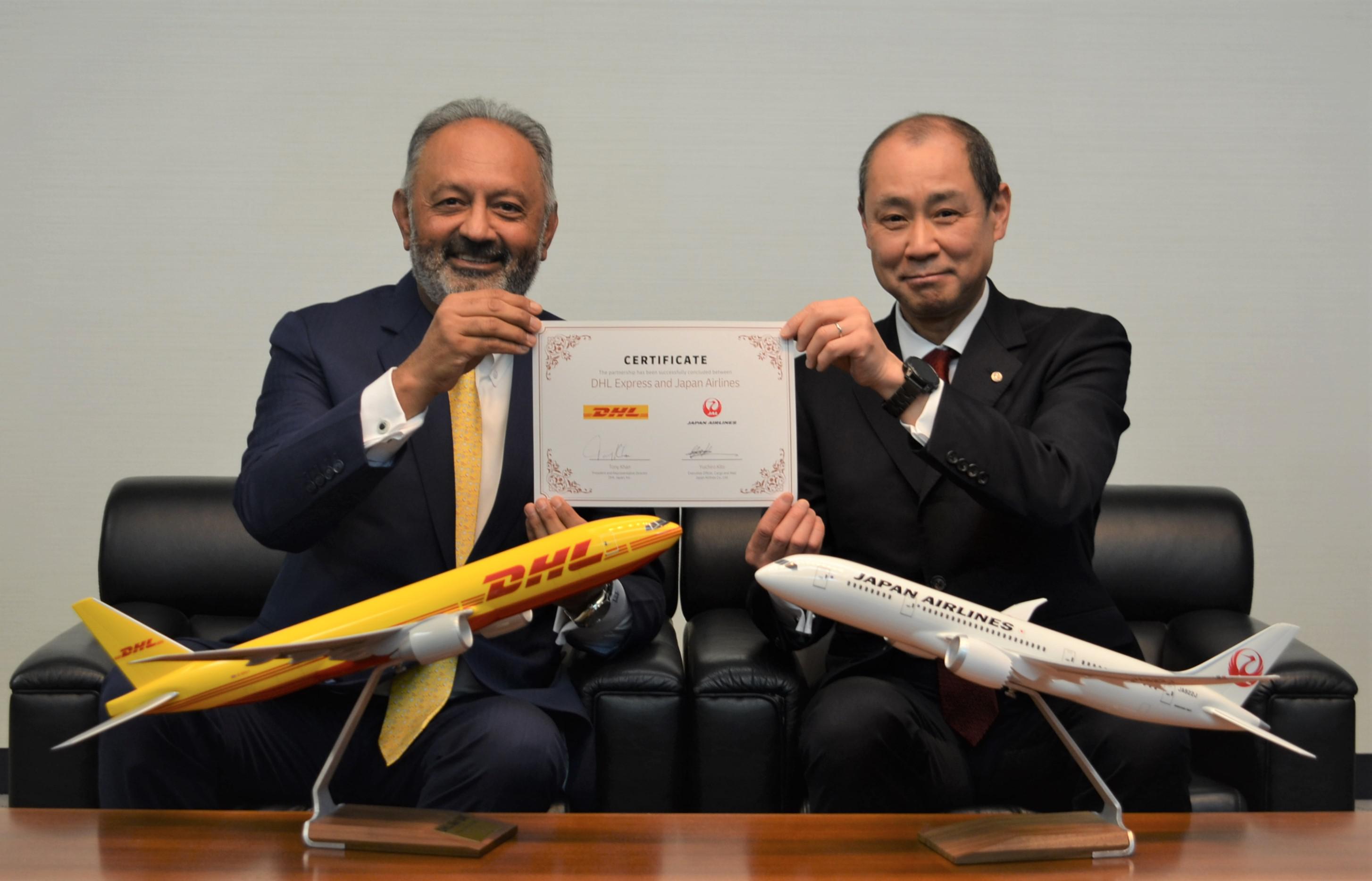
JAL - Japan Airlines will operate its first dedicated freighter for DHL Express on previously announced international routes out of Tokyo Narita and Nagoya Chubu, starting in mid-February 2024.
"We view this agreement as further solidifying the longstanding partnership between JAL and DHL. As we operate our freighters for the first time in 13 years, we will contribute to solving social issues and also position it as the driver of our company's dramatic business growth in addition to meeting the growing needs of our customers," JAL's Executive Officer (Cargo and Mail), Yuichiro Kito, said.
The Japanese carrier has already disclosed the freighter's initial network, which will comprise services from Narita and Nagoya to Taipei Taoyuan, Seoul Incheon, and Shanghai Pudong. JAL also plans to operate a weekly Narita-Nagoya flight as a part of its service to Shanghai. DHL will use the freighter's capacity on these routes but, for now, has not disclosed any plans for the deployment of the aircraft on other services.
“This new agreement with JAL is an important milestone for DHL as we continue to strengthen our air network between Japan and East Asia. By ensuring the stability of our air network, we can also provide a more flexible and stable response to shipment growth and demand changes, especially between China and Japan, which is one of the most important routes,” said Tony Khan, president of DHL Express Japan, in the news release.
JAL has yet to confirm the identity of its forthcoming B767 freighter, although two of the carrier's owned B767-300ERs - JA653J (MSN 40365) and JA654J (MSN 40366) - are currently undergoing conversion at Singapore Paya Lebar airport. JAL continues to operate twenty-five passenger-configured B767-300ERs.
The Japanese carrier retired its last five B747-400(BCF)s by 2010 and has not operated any dedicated freighters since then, in stark contrast to local rival ANA - All Nippon Airways, which currently operates 11 dedicated freighters.
DHL's Presence in Asia
DHL no longer has any in-house airlines in North-East Asia, having sold its stake in Air Hong Kong to JV partner Cathay Pacific in 2019. The Hong Kong carrier continues to operate on behalf of DHL.
DHL Express has similar flying arrangements with Singapore Airlines and Cathay Pacific in the region. Singapore Airlines flies Boeing 777 freighters to the United States on DHL’s behalf. DHL contracts with Air Hong Kong, which is owned by Cathay Pacific, for intra-Asia airlift.
JAL’s international cargo revenue for the second half of its fiscal year, ending September 30, fell 53.6% year over year to USD 354.5 million, representing a 70% improvement from the same period in 2019. Cargo traffic as a function of weight and distance fell 12%, roughly mirroring the performance of Asia peers under weak market conditions.
JAL said in May that it planned to restart a freighter subsidiary to take advantage of strong cargo demand in the region using three 767-300s that were phased out of its passenger fleet. It also has established a new venture that will fly Airbus A321 converted freighters on domestic routes for Yamato Transport. The airline stopped flying its last Boeing 747-400 in 2010.
Read next
Air India Express Shifts Operations to New Domestic Terminal of Chennai Airport
Radhika Bansal
25 Dec 2023
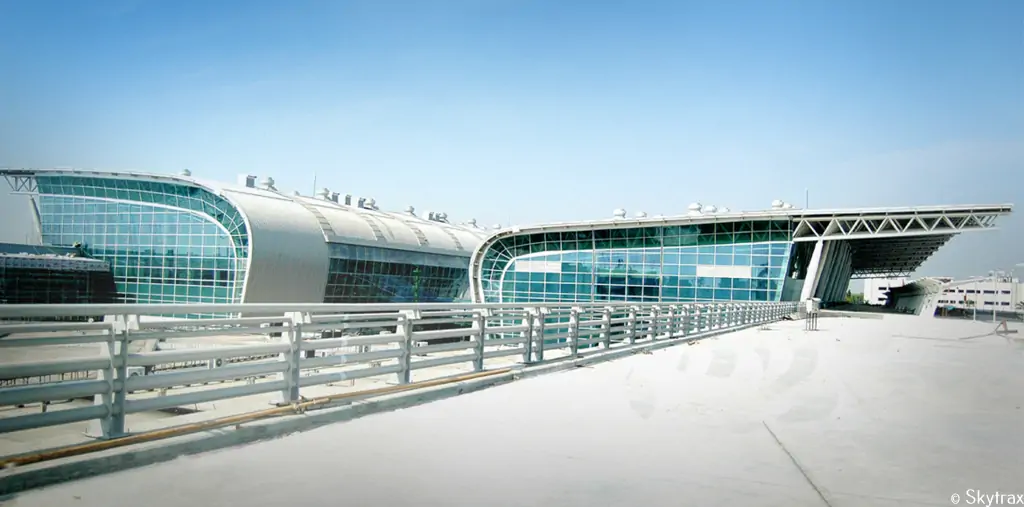
The Air India Express flights started operating from the second domestic terminal of the Chennai Airport on Saturday, December 23. The decision to operate a second terminal at Chennai airport was taken to ease passenger’s convenience. Earlier, the Air India flights were operated on the T4 Terminal.
The officials said all Vistara flights will also be operated from the T4 terminal from Wednesday, December 27. The officials believe this will decrease the congestion in the T1 terminal. As one of the busiest airports in India, Chennai Airport operates an average of 400 flights daily and sees around 60,000 passengers.
The domestic flight operations were entirely handled from T1 all these years. But as part of the INR 2,467-crore phase II modernisation project, which has been going on at the airport for many months now, domestic flights are being handled from T1 and T4 as of this November. According to officials of the Airports Authority of India (AAI), IndiGo, Akasa, and SpiceJet will continue operating from T1 for the time being. The rest are gradually migrating services to T4.
When the phase II project ends, the capacity of the airport will expand and the new integrated terminal building will fully handle international flights, while domestic flight operations will operate from T1 and T4.
While the construction of one part of the integrated terminal building has been finished, and international flights are handled from this building, the other portion will be completed only by 2025. “The demolition work of the old international terminal has been in progress, and it will be finished shortly. After this, construction will start. When it is fully completed, the integrated terminal building will sprawl over an area of over 2 lakh square metres and will handle international flight operations in their entirety,” he added.
Chennai Airport's Expansion Plan
Chennai International Airport is all set to undergo expansion of its New Integrated Terminal Building (NITB). The expansion will drastically increase the airport’s capacity, enabling it to cater to 35 million passengers. It has also been announced that by 2025, the Chennai Airport will have a new terminal for international departures as well as a new domestic terminal.
Spread over 1323 acres of land, the Chennai Airport comprises three terminals. Chennai Airport Terminal 1 is the oldest terminal at Meenambakkam, which is now used for freight. The other terminals at the Tirusulam complex, i.e., Terminals 2 and 3, are used for domestic and international flights. Terminal 2, known as the Kamaraj domestic terminal, was the first in India to have two aerobridges. Subsequently, Terminal 3, also known as Anna International Terminal, was constructed with three aerobridges. The recent expansion of the Chennai Airport has resulted in the development of a new international block, i.e., Terminal 4. Currently, Terminal 4 is being used for departures, and Terminal 3 is used for arrivals.
Chennai Airport International serves as a major hub for domestic and international flights, connecting Chennai with various destinations across India and the world. Several airlines operate from this airport, including both full-service carriers and low-cost airlines. Some of the airlines that have been known to operate from this airport include Air India, IndiGo, Akasa Air, SpiceJet, Jet Airways, AirAsia India, GoAir, Vistara, Etihad Airways, Emirates, British Airways, Singapore Airlines, Qatar Airways, and Lufthansa.
Read next
Flying in the vicinity of thunderstorms is an experience that often raises passengers' anxiety levels, particularly during climb-outs or descent through stormy skies. Lightning, with its bright bolts, becomes a focal point of concern. This article explores how commercial transport and general aviation aircraft handle the challenges posed by lightning, shedding light on the technologies and measures in place to ensure passenger safety.
The Lightning Phenomenon
Lightning is a common meteorological event, with an estimated 100 lightning strikes occurring worldwide every second, totaling 25 million strikes annually. Cloud-to-cloud strikes, constituting 80 percent of these occurrences, pose a specific risk to aircraft, especially during climb-out and descent in stormy conditions.
Commercial Transport Aircraft: Lightning Mitigation Strategies
Design Features
Modern airplanes are equipped with advanced design features to dissipate lightning strikes. These include bonding cables, copper mesh in composite panels, electrically isolated avionic racks, and shielded wiring. These techniques divert the current flow from a lightning strike, guiding it around and out of the aircraft.
FAA-Mandated Certification
Commercial aircraft undergo FAA-mandated lightning certification tests to ensure that passengers, crew, fuel, and flight systems remain protected from significant damage during lightning strikes. Aluminum, a strong and lightweight conductor of electricity, forms the outer shell of most aircraft, allowing the electric current to pass through and exit the aircraft.
Internal Protective Systems
A second skin inside the outer shell, made of metal mesh enveloped in silicone, protects the cabin and internal compartments, including electronics. This functions akin to a Faraday Cage, channeling the electrical charge along the outer side of the plane. Additional protective measures, such as shielded wiring, metallic diverter strips, and static discharge wicks, further safeguard avionics, instruments, and flight controls.
New-Generation Aircraft
New-generation aircraft, like the Boeing 787 and Airbus A350, incorporate a higher percentage of composite materials, resulting in lower electrical conductivity. To address this, manufacturers integrate metal fibers into the composite material, ensuring adequate metal presence for lightning dissipation.
General Aviation Aircraft: Tailoring Solutions for Smaller Planes
Regulation Differences
General aviation aircraft, not designed for public transportation, adhere to separate regulations for lightning mitigation. Manufacturers like Cessna, Piper, Cirrus, and Beechcraft provide basic lightning protection for engines, fuel systems, and airframes.
Flexibility and Risk Avoidance
General aviation pilots, enjoying more flexibility in flight schedules, are taught to divert around thunderstorm cells by at least 20 nautical miles. The emphasis is on avoiding thunderstorms altogether due to the risk of extreme turbulence.
Lightning Protection Systems
Older, smaller aircraft, often constructed with aluminum, are less at risk during lightning strikes. However, modern light aircraft made with fiberglass or a combination of fiberglass and carbon require additional protection. Engineers incorporate metal foils or nonwoven metal meshes under the outer skin to create a conductive path for lightning to travel around passenger compartments and fuel systems.
Conclusion
The evolution of lightning protection systems for both commercial transport and general aviation aircraft is a result of continuous experimentation by NASA and FAA. As technology advances, the aviation industry adapts, developing more efficient systems to mitigate the impact of lightning strikes. While commercial aircraft are equipped with sophisticated measures, general aviation pilots are reminded to exercise caution and avoid thunderstorms, recognizing the potential dangers associated with extreme weather conditions. The commitment to passenger safety remains paramount in the dynamic field of aviation.
With Inputs from Pilot Teacher
Read next
In a significant move to bolster its operational capacity and fortify its financial position, Air China has unveiled plans to raise up to 6.0 billion yuan ($842 million) through a private share sale on the Shanghai Stock Exchange. The announcement, made on December 22, 2023, outlines the airline's intention to allocate the funds towards expanding its fleet and reinforcing working capital.
Share Sale Details
Air China, the flagship carrier of the nation, intends to offer approximately 854.7 million shares, constituting 30% of its existing capital, in a private placement to its controlling shareholder, China National Aviation Holding Corporation Limited. This strategic move signifies the company's commitment to further growth and development in the highly competitive aviation industry.
Capital Allocation Strategy
The proceeds from the share sale will be earmarked for specific purposes, as detailed in the statement submitted to the Shanghai exchange. Of the total amount raised, 4.2 billion yuan will be directed towards the acquisition of 17 new airplanes, enhancing the airline's fleet capabilities. The remaining 1.8 billion yuan will be utilized to augment working capital, ensuring Air China's operational resilience in the face of dynamic market conditions.
Aircraft Acquisition Plans
While the filing discloses the overall allocation of funds, specific details regarding the aircraft acquisition plan are yet to be unveiled. Air China's decision to invest significantly in expanding its fleet aligns with the company's vision for sustained growth and increased market presence.
Current Fleet Status
As of the end of November 2023, Air China operated a formidable fleet of 900 aircraft, showcasing the airline's extensive reach and prominence in the global aviation landscape. This fleet comprised 386 company-owned aircraft, 215 under financial leases, and 299 under operating leases.
Additional Capital Raise in Hong Kong
In a parallel development, Air China disclosed its intention to raise up to HK$2.0 billion ($256 million) through a private placement of H-shares, further underlining the company's proactive approach to strengthening its financial position.
Strategic Implications
The move to expand the fleet and inject fresh capital into the company reflects Air China's strategic response to the evolving demands of the aviation industry. With the global travel landscape gradually recovering from the impact of the COVID-19 pandemic, this capital infusion positions the airline to capitalize on emerging opportunities and navigate challenges effectively.
Conclusion
Air China's proactive steps to raise capital and expand its fleet underscore its commitment to maintaining a leading position in the aviation sector. As the airline industry continues to rebound, Air China's strategic investments and expansion plans position it favorably for sustainable growth in the coming years.
With Inputs from Reuters
Read next
The Indian civil aviation sector is on the verge of a transformative era, as recent developments in flexible airspace usage promise substantial savings for airlines and significant environmental benefits. In a recent review released by the civil aviation ministry, it was revealed that the flexible use of airspace could potentially lead to annual savings of Rs 1,000 crore, a welcome boon for the industry facing various challenges.
Flexible Airspace Utilization: A Game-Changer for Airlines
The civil aviation ministry highlighted that the optimization of airspace usage is expected to result in substantial benefits for airlines operating in India. By reducing flight times, minimizing fuel consumption, and curbing carbon emissions, the industry stands to save an impressive Rs 1,000 crore annually. This is a significant stride towards enhancing the economic viability of airlines, especially in the wake of the challenges posed by the global pandemic.
Record Number of Commercial Pilot Licenses
In addition to the promising developments in airspace management, the review emphasized the achievement of a record number of commercial pilot licenses issued by the Directorate General of Civil Aviation (DGCA). With 1,562 licenses issued in the current year until December 18, there is a clear indication of a growing workforce in the aviation sector, contributing to the overall resilience and expansion of the industry.
Addressing Airport Congestion: Infrastructure Restructuring
The review acknowledged the issue of congestion at airports and outlined measures taken to address this concern. By restructuring terminal infrastructure, additional space has been created at various airports, augmenting capacity and improving efficiency at passenger touchpoints. This strategic move aims to enhance the overall passenger experience and streamline airport operations.
Unlocking Airspace: Indian Air Force's Contribution
Historically, a significant portion of airspace, approximately 40%, was unavailable for civilian use, forcing aircraft to take circuitous routes. The review highlighted the collaboration between the civil aviation ministry and the Indian Air Force, resulting in the release of 30% of the national airspace for flexible civilian use. This initiative, aligned with the Aatmanirbhar Bharat mission, has led to the promulgation of 129 conditional routes, unlocking vast potential for optimized flight paths.
Economic and Environmental Impact
The release of airspace for civilian use translates into tangible benefits for both the economy and the environment. The civil aviation ministry estimates that the potential annual savings for airlines could reach Rs 1,000 crore. Since August 2020, total savings have already amounted to Rs 640.7 crore, accompanied by a noteworthy reduction in carbon emissions, totaling 1.37 lakh tons. These figures underscore the dual advantage of this airspace reform – economic efficiency for the airlines and a greener, more sustainable aviation industry.
Surge in Domestic Air Passenger Traffic
Despite the challenges posed by the global pandemic, the civil aviation sector has witnessed a remarkable surge in domestic air passenger traffic. On November 19, 2023, airlines in India achieved a milestone by flying 4,56,910 domestic passengers in a single day. This represented a 7.4% surge above pre-Covid averages, showcasing the industry's resilience and adaptability in the face of adversity.
Conclusion
In summary, the flexible use of airspace in India is heralding a new era for the civil aviation sector. The collaborative efforts between the civil aviation ministry and the Indian Air Force, coupled with infrastructure enhancements, are poised to bring about substantial economic savings and environmental benefits. As the industry continues to recover from the impacts of the pandemic, these positive developments signal a brighter and more sustainable future for Indian aviation.

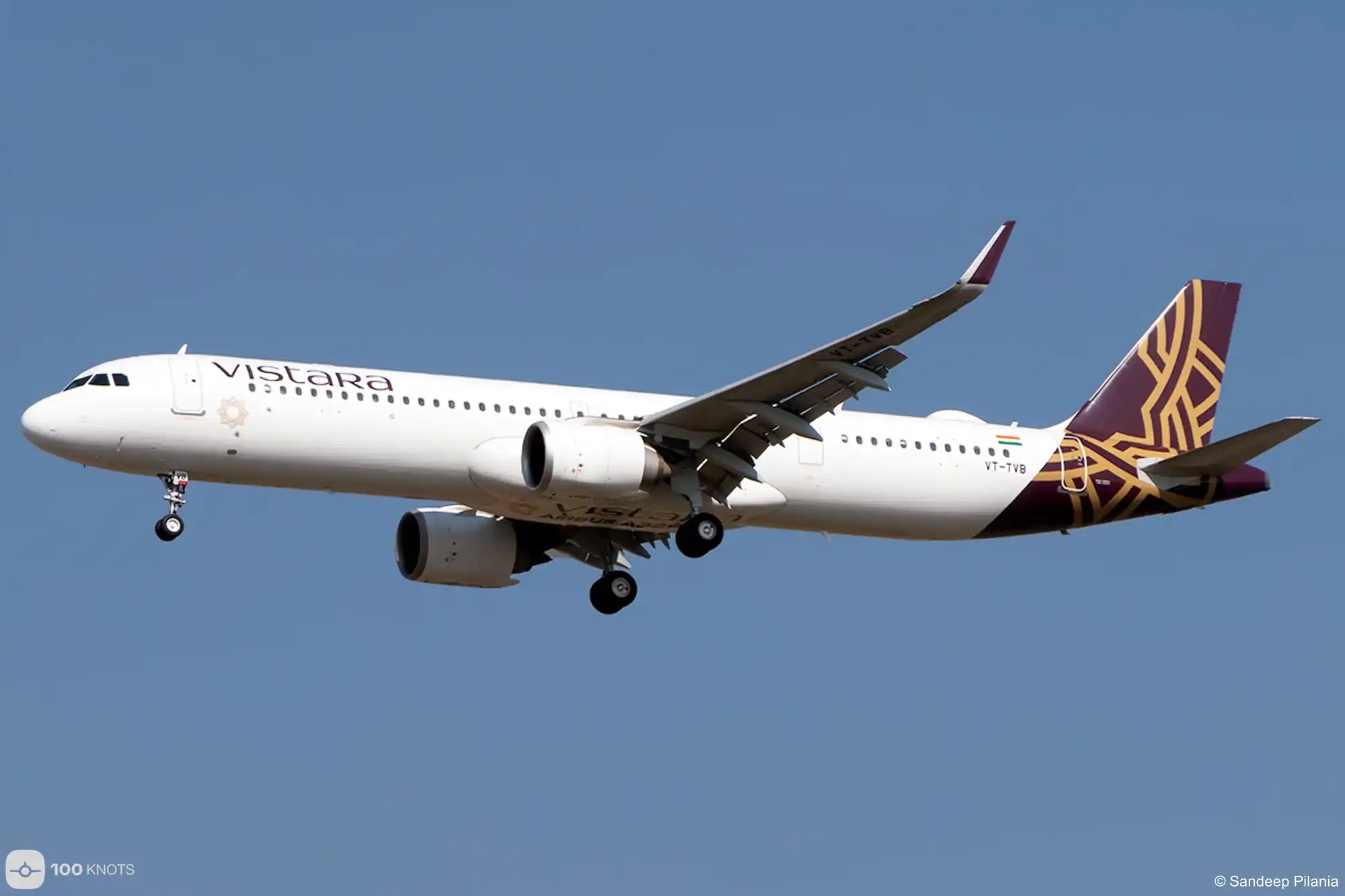

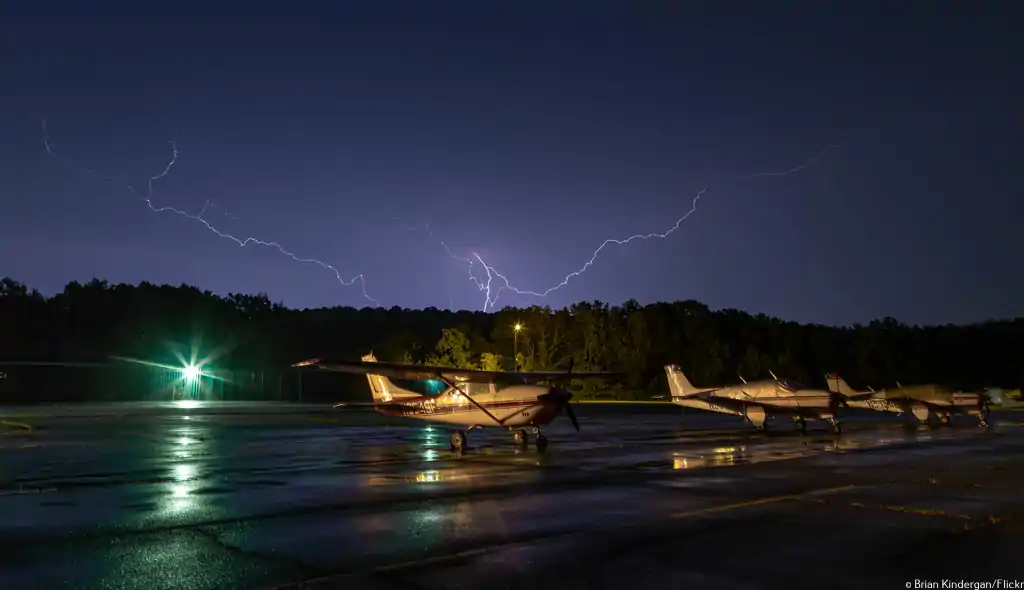
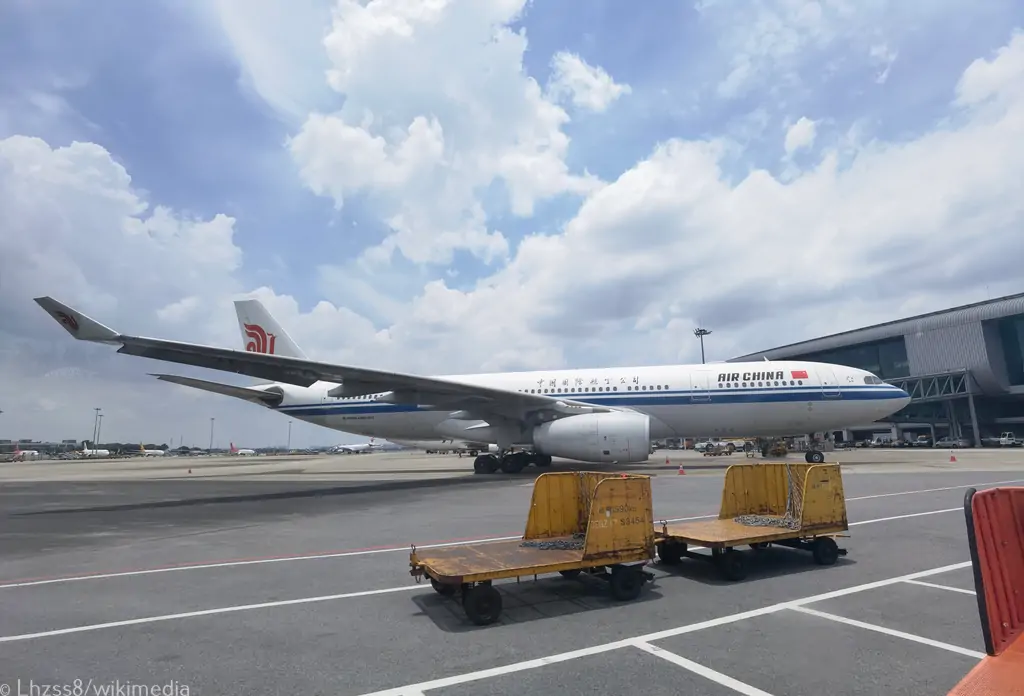
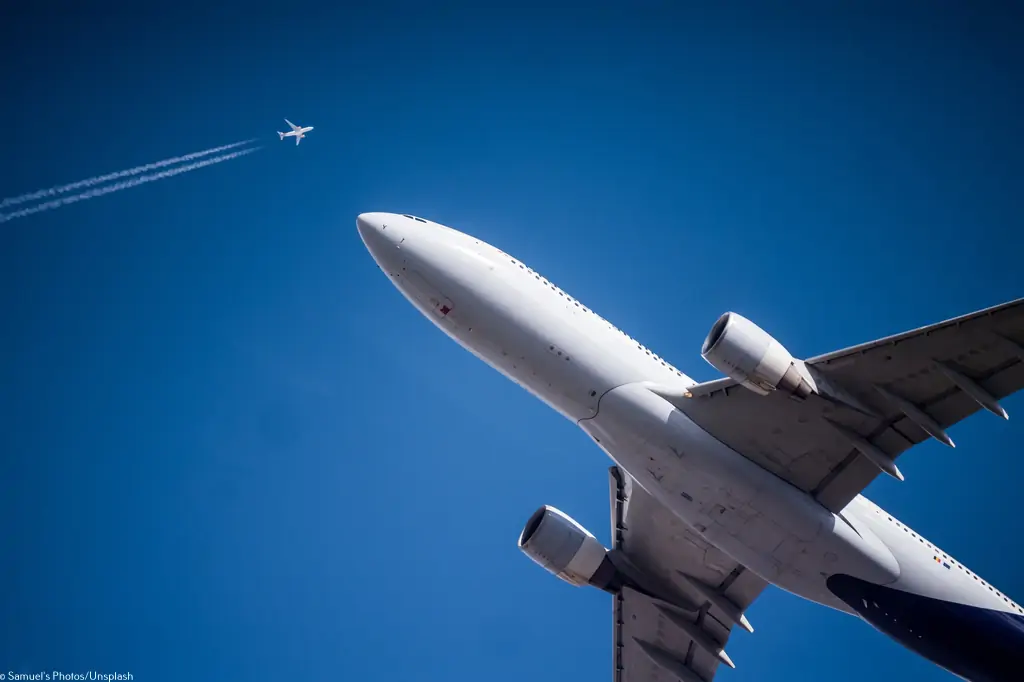
Comment